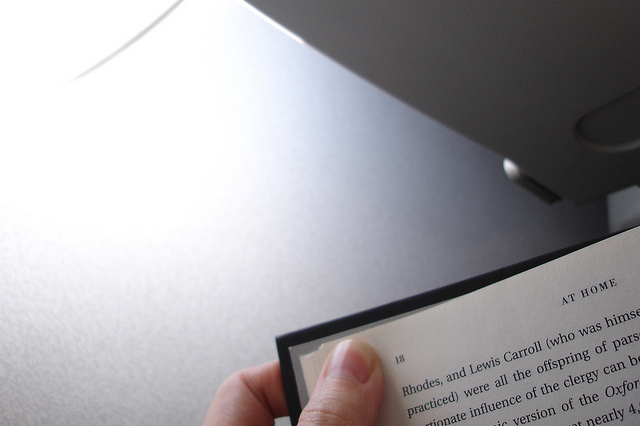The American Psychiatric Association’s Diagnostic and Statistical Manual of Mental Disorders classifies claustrophobia as an anxiety disorder that is a “specific phobia”, meaning a fear linked to concrete situations and objects. When a sufferer is confronted with such situations or objects, he or she experiences that fear usually immediately and acutely.
It’s not only about panic over enclosed spaces, but also fear of falling into situations which lead to the undesirable result of finding oneself in a reduced enclosure flanked by four walls. The person tends to avoid such a situation even while recognising that the fear is excessive or irrational.
It’s therefore hardly surprising that an airplane would be a likely setting for such an episode. Not only does it involve a reduced space, but for many people also no small amount of stress and anxiety. It’s also usually not as roomy and comfortable as we would ideally like (though long-haul business class these days usually does it for me!). And so some, people, under these less than ideal conditions, may start to feel claustrophobic.
Claustrophobia affects millions of people around the world, and can be triggered or exacerbated by the type of enclosure and crowding typical of commercial air travel. If you suffer from claustrophobia, here are some simple tips that can help you get through your next flight with minimum angst:
- Request an aisle seat. The last thing you need is to be pinned against the window or between two other passengers. At least an aisle seat will provide both more actual space to stretch out a bit and a sense of space and openness. It should also provide a certain peace of find that you can much more easily get up move around the cabin whenever you want.
- Bring items to distract yourself with – a DVD or MP3 player; a tablet, smartphone, or laptop; or even (gasp) just a plain, old-fashioned book or magazine. With audio, I recommend large and if possible high-quality headphones which better block out the ambient airplane noise.
- Practice breathing exercises (I’ll be cover some in an upcoming post), and it might be a good idea to learn some simple meditation techniques (they can be learned from reputable sources all over the Internet these days). Easing your mind, not suprisingly, will go a long way toward easing your flight.
image | tizzie


